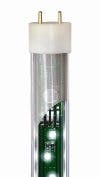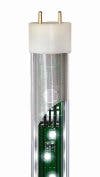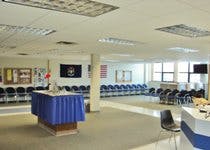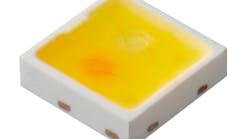Over a four-year period beginning this month, ilumisys will install three successive generations of LED lighting, each to replace 200 four-foot long fluorescent tubes—about 25% of those in the two-story, 31,000-sq. ft. building. With each successive generation of product expected to be more energy efficient and offer additional improvements and features, the state and ilumisys will collect and share research data during each phase.
"Research and development of solid state lighting technology is an important component in Governor Jennifer M. Granholm's plan to promote alternative energy technologies and enhance job creation in Michigan," noted Lisa Webb Sharpe, director of the state's department of management and budget, responsible for state-owned buildings. "What we learn from our research, and by working with ilumisys in Escanaba on this pilot program, will help us to continue to evaluate, design and implement environmentally friendly energy savings strategies for many state buildings."
Simon noted ilumisys' first products are drop-in LED replacements for standard fluorescent tube lighting.
Webb Sharpe added the state is particularly interested in learning how to use the intelligent circuitry inherently built into solid-state lighting to interface with computer-managed smart building systems. These integrate and control heating and cooling (HVAC), lighting, and building security.







